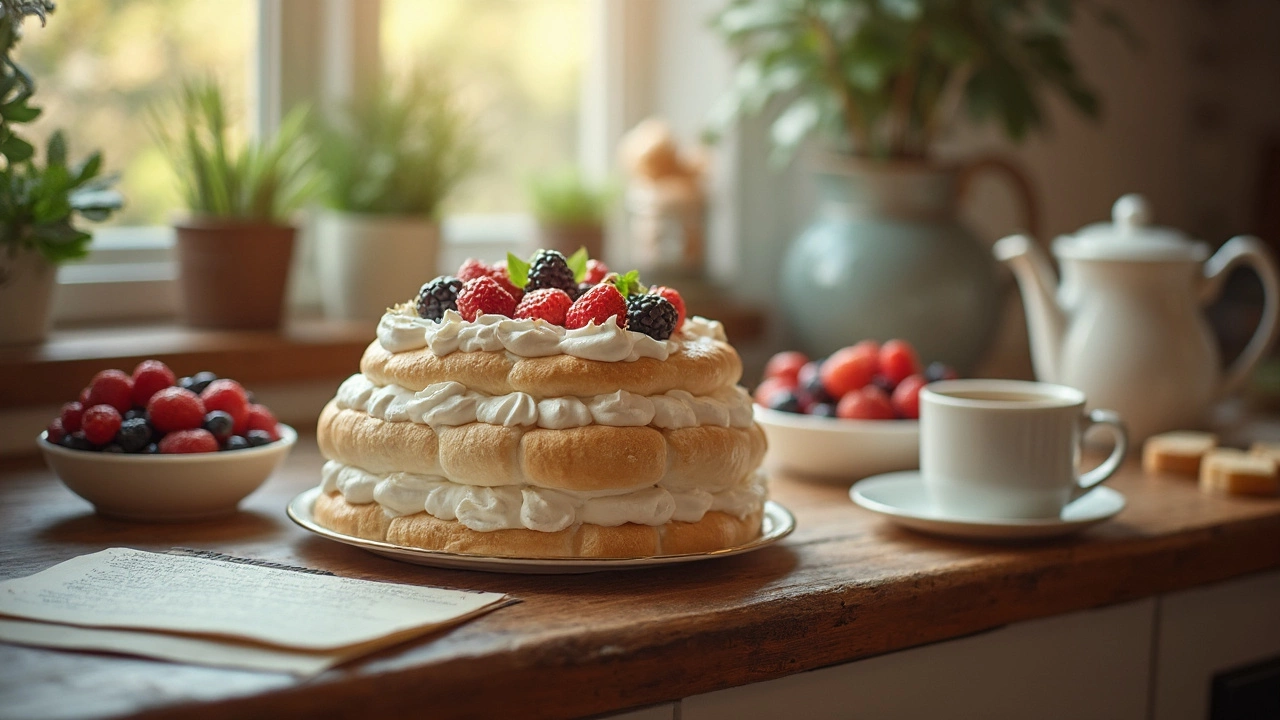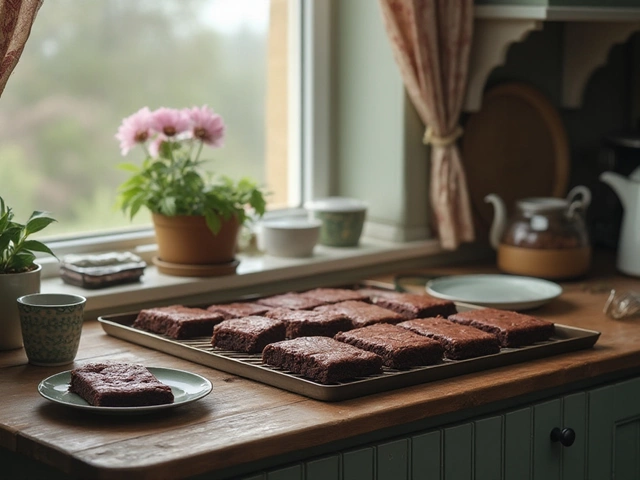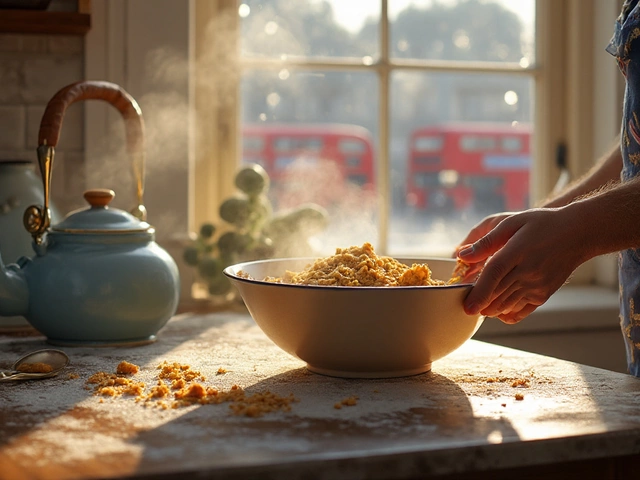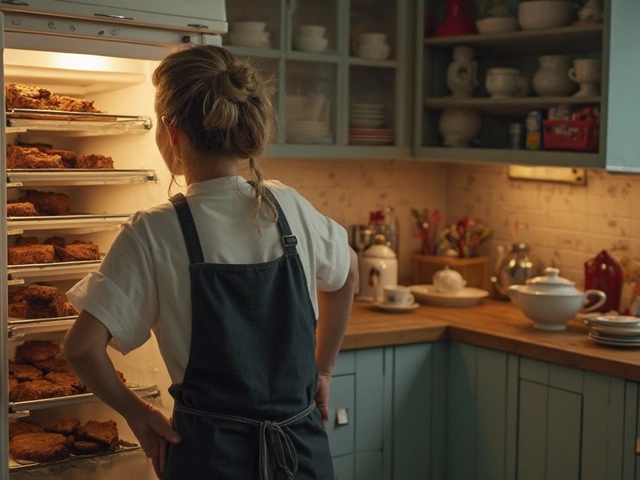Pavlova Storage: Keep It Perfectly Crisp and Light
If you’ve spent time whipping up a beautiful pavlova, the last thing you want is a soggy mess. The good news is that with a few easy steps you can keep the meringue crunchy and the interior fluffy for days. Below are the most practical ways to store pavlova, whether you’re planning a next‑day party or just want leftovers for a snack.
First thing: pavlova is a dry meringue, so it hates humidity. Store it in a dry place and avoid airtight containers that trap moisture. If you’ve already added fresh fruit or whipped cream, the rules change a bit, but the core idea stays the same – keep moisture out.
Room‑Temperature Storage
When your pavlova is plain or only lightly topped with non‑perishable items, the best place is a cool, dry countertop. Place the dessert on a large baking sheet, then cover it loosely with a clean tea towel or a cake dome that has a small vent. This lets air circulate while protecting the surface from dust.
Do not seal it in plastic wrap; the trapped steam will make the shell soggy within a few hours. A simple cardboard cake box works well, too, as long as it isn’t airtight. Under these conditions, a plain pavlova stays crisp for 1–2 days.
Re‑Crisping a Softened Pavlova
If the meringue does get a bit soft, you can bring back the crunch in minutes. Preheat your oven to the lowest setting (around 150°F/65°C) and place the pavlova on a baking sheet for 5–10 minutes. Watch carefully – you just want to dry it out, not brown it.
For a quicker fix, a toaster oven works just as well. A short burst of low heat will evaporate the excess moisture and restore that satisfying snap.
When you need to store a topped pavlova (with cream, fruit, or custard), the fridge is your friend, but only for the topping. First, keep the meringue separate: put it in a dry container or wrap it loosely in parchment. Store the creamy part in an airtight bowl. When you’re ready to serve, re‑assemble and give it a quick oven dry if the shell has softened.
If you have to keep a topped pavlova for more than a day, consider freezing the meringue alone. Wrap it tightly in plastic wrap, then add a layer of foil to guard against freezer burn. It can last up to two months. Thaw at room temperature, keep the covering on until just before serving, and then give it a brief oven blast to revive the crunch.
A handy trick is to place a dry kitchen towel under the pavlova while it’s in storage. The towel absorbs any stray humidity that might otherwise settle on the meringue.
Bottom line: keep pavlova dry, cover loosely, and only refrigerate when you have perishable toppings. With these simple steps, your meringue will stay crisp, airy, and ready to impress whenever you are.





